
JANUARY/FEBRUARY 2024
EAB Update
AWARDS
Jesús Jiménez-Barbero receives the Enrique Moles National Research Award
At the 2023 National Research Awards held on March 14th 2024 at the Palau Ducal de Gandia, Valencia, Spain, ACS Omega Senior Editor Jesús Jiménez-Barbero received the Enrique Moles National Research Award in recognition of his outstanding contributions to the field of chemistry and structural biology. King Felipe VI and Queen Letizia of Spain presided over the ceremony.
NEWS ARTICLE
Revolutionary Polymers Derived From Food Waste
Recently, the materials science-focused news publication AZO Materials highlighted three publications from across ACS, including two published in ACS Omega, that show how food waste can be repurposed into polymeric materials for a variety of uses. These include the transformation of spent coffee grounds into a 3-D printing feedstock, the valorization of tomato peels to produce thermal shape-memory biopolymers, and the mixing of gluten biomass with carbon fibers to produce biocomposites that are compatible with common plastic processing techniques.
References:
Martina Paramatti et al., PLA Feedstock Filled with Spent Coffee Grounds for New Product Applications with Large-Format Material Extrusion Additive Manufacturing, ACS Omega 2024, 9, 6, 6423–6431
Mathilde Marc et al., From Tomato Pomaces Biorefinery to Biobased Shape-Memory Semicrystalline Polyester Networks, ACS Sustainable Chem. Eng. 2024, 12, 6, 2191–2202
Antonio J. Capezza et al., Biodegradable Fiber-Reinforced Gluten Biocomposites for Replacement of Fossil-Based Plastics, ACS Omega 2024, 9, 1, 1341–1351
KEY JOURNAL METRICS
January/February 2024
- ACS Omega published 442 articles in January 2024, an increase of 12% for published output, compared to the same timeframe in 2023, and 403 articles in February 2024, an increase of 17% for published output, compared to the same timeframe in 2023.
- Usage continues to grow - ACS Omega's articles recorded 1,504,869 downloads in January and 1,309,838 downloads in February; this represents a 71.6% and 31.8% increase respectively in usage compared to the equivalent time period in 2023.
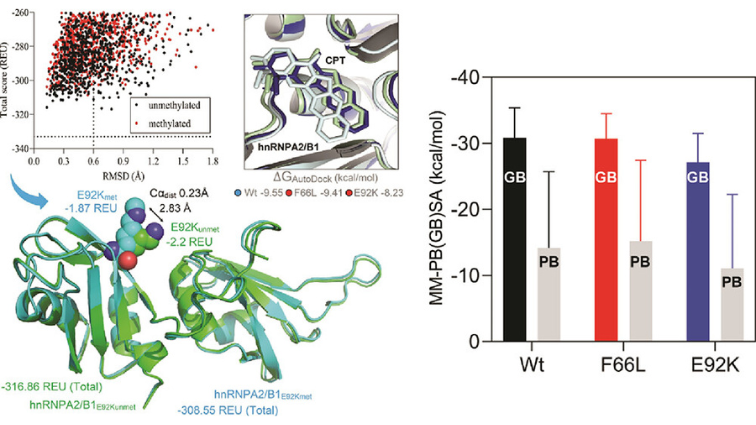
ARTICLE
Analyzing the Effects of Single Nucleotide Polymorphisms on hnRNPA2/B1 Protein Stability and Function: Insights for Anticancer Therapeutic Design
Heterogeneous nuclear ribonucleoprotein A2/B1 (hnRNPA2/B1) is a pivotal player in m6A recognition, RNA metabolism, and antiviral responses. In the context of cancer, overexpression of hnRNPA2/B1, abnormal RNA levels, and m6A depositions are evident. This study focuses on the structural analysis of two significant nonsynonymous single nucleotide polymorphisms (nsSNPs), F66L and E92K, to assess their impact on the stability and function of the hnRNPA2/B1 protein and thus inform the design of more efficient anticancer therapeutics.
Sergey Shityakov et al., ITMO University (Russia), Research Center of Biotechnology of the Russian Academy of Sciences (Russia)
ACS Omega 2024, 9, 5, 5485–5495

VIEWPOINT
SOLVENTS: From Past to Present
Technological advancements in organic chemistry cannot be imagined without solvents, an essential evil due to well-recognized safety, health, and environmental risks and yet an integral part of the value chain for almost all industrially manufactured products intended for human use. This Viewpoint attempts to capture anecdotal theories and evidence on the use of this “magic liquid” and the progressive adoption of alternative liquid solvents, which have played a pivotal role in the evolution of synthetic organic chemistry.
Srivari Chandrasekhar et al., CSIR-Indian Institute of Chemical Technology (India), CSIR-Indian Institute of Petroleum (India)
ACS Omega 2024, 9, 7, 7271–7276
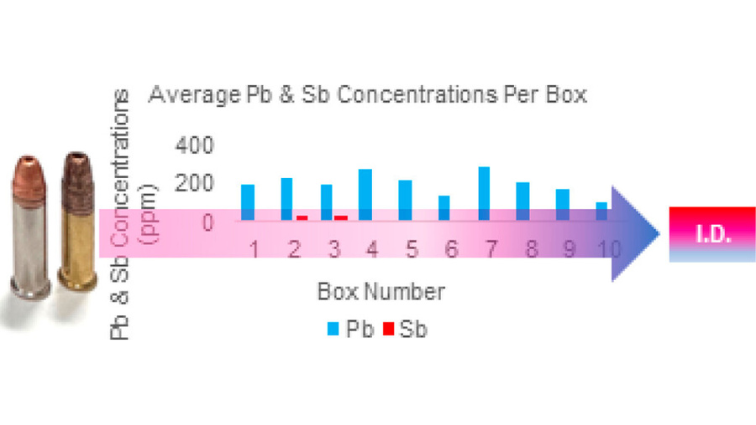
ARTICLE
Who Shot the Bullet? Projectile Composition Characterization as an Evolutionary Method for Enhancement of Ballistics Evidence Analysis
This research provides a solution for subjective-based conclusions and the absence of physical evidence in crime scenes involving ballistic firearms by showing that Atomic Absorption Spectroscopy (AAS) analysis of bullet material deposited on surface scratches can distinguish the bullet composition between manufacturers. This can be used to corroborate microscopy techniques that currently violate Daubert criteria, thus providing an increase in the scientific value of the ballistics expert’s conclusions.
Jan Halámek et al., Texas Tech University (U.S.A.)
ACS Omega 2024, 9, 3, 3342–3348
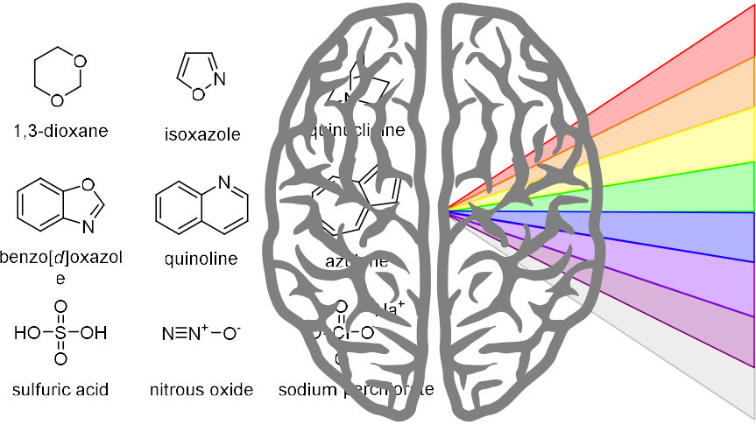
PERSPECTIVE
Language of Chemistry: Making IUPAC Nomenclature Available in Spanish
Most of the scientific literature, as well as the texts, nomenclature and terminology published by the International Union of Pure and Applied Chemistry (IUPAC), is presented in English; however, it is essential that these fundamental texts are available in as many languages as possible to facilitate their teaching, learning, and use throughout the world. In this Perspective, the authors provide some details on the challenges, compromises, and difficult decisions involved in translating the IUPAC Nomenclature Brief Guides into Spanish.
Efraím Reyes et al., University of the Basque Country (Spain), Universidad de Alicante (Spain)
ACS Omega 2024, 9, 4, 4138–4143
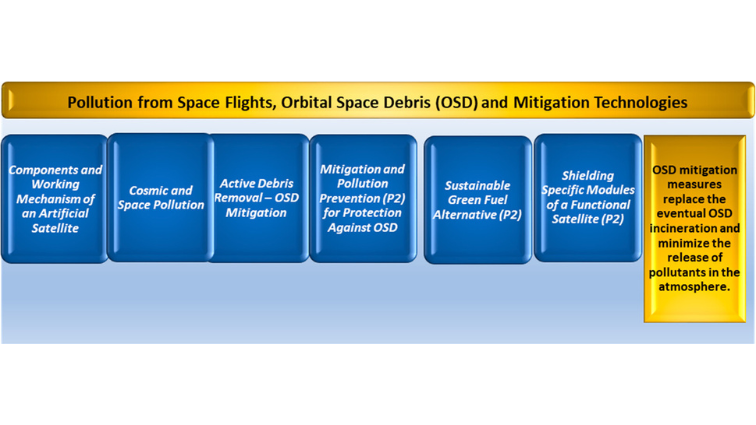
REVIEW
Pollution Effects and Management of Orbital Space Debris
In recent years, spacecraft launches have increased significantly, leading to an increased risk of orbital space debris (OSD) collision, translating into further growth in OSD; thus, there emerges an imperative need to reduce and manage OSD significantly. This Review highlights the type of pollutants found in orbital space, including spacecraft combustion pollution due to re-entry to earth and emissions from spacecraft thrusters that lead to global warming and ozone layer depletion, mitigation technologies and pollution prevention methods to reduce OSD, spacecraft shield enhancement, and use of green fuel alternatives to launch spacecrafts with negligible air pollutant emissions.
Zarook Shareefdeen et al., American University of Sharjah (United Arab Emirates)
ACS Omega 2024, 9, 5, 5127–5141
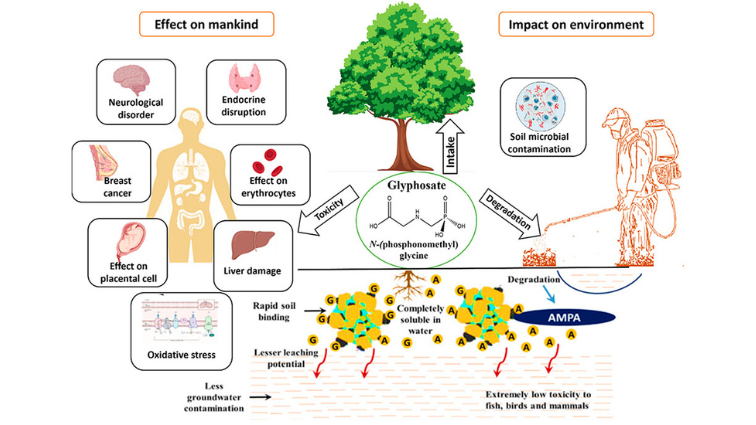
REVIEW
Systemic Analysis of Glyphosate Impact on Environment and Human Health
Several synthetic herbicides are widely utilized for crop production management, with glyphosate emerging as a potential molecule for solving this emerging issue; however, it has several environmental and health consequences. This Review aims to provide a systemic analysis of glyphosate, its various effects on the environment, and its subsequent impact on human health and animals, to provide a better understanding of the issues around glyphosate usage and aid in its improved management as utilization is expected to rise over the next decade.
Anand Mohan et al., Lovely Professional University (India), Jimma University (India)
ACS Omega 2024, 9, 6, 6165–6183
PREVIOUS EAB NEWSLETTERS
Click below to view previous ACS Omega EAB Newsletters:
Copyright © 2024 | American Chemical Society | 1155 Sixteenth Street NW | Washington, DC 20036













